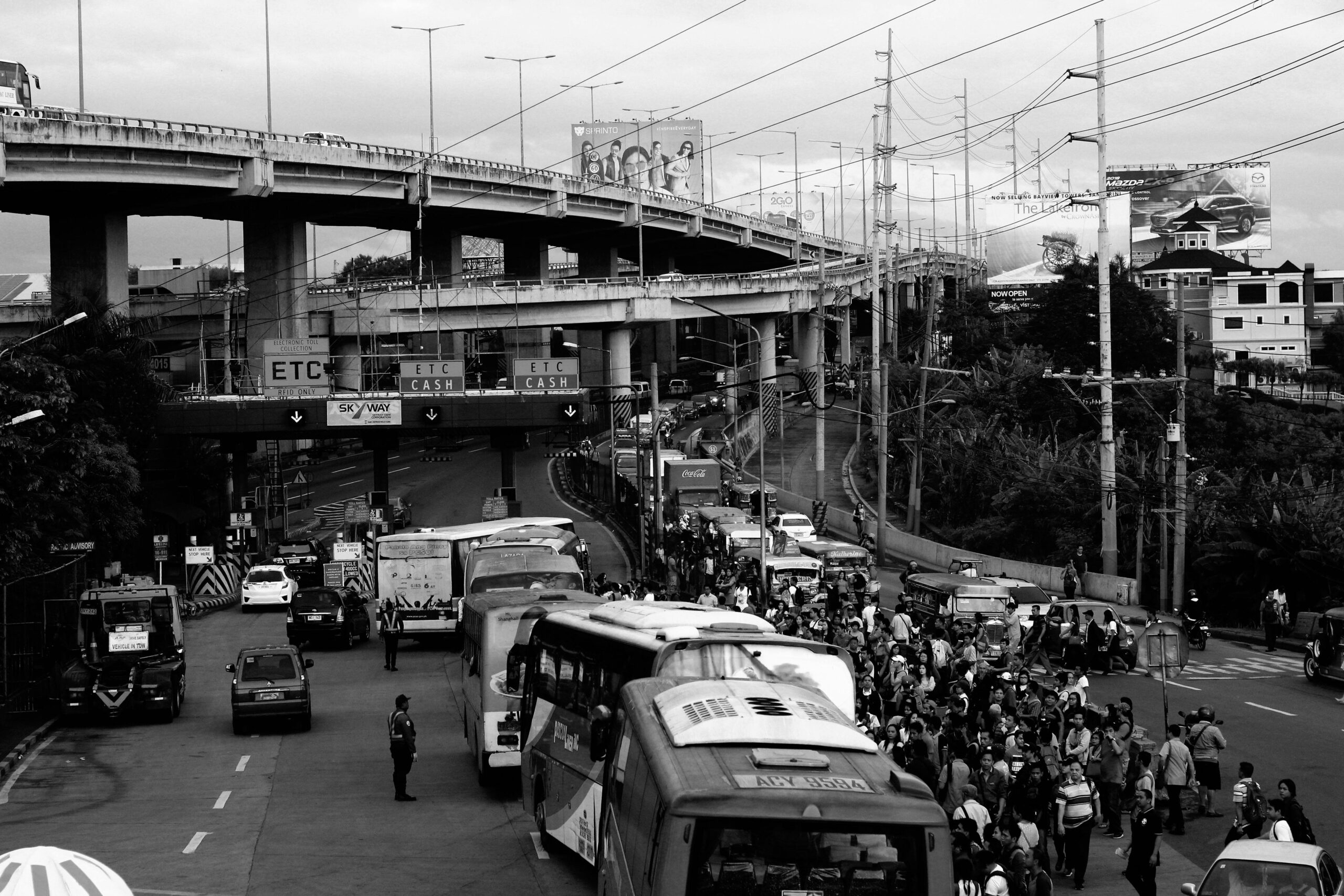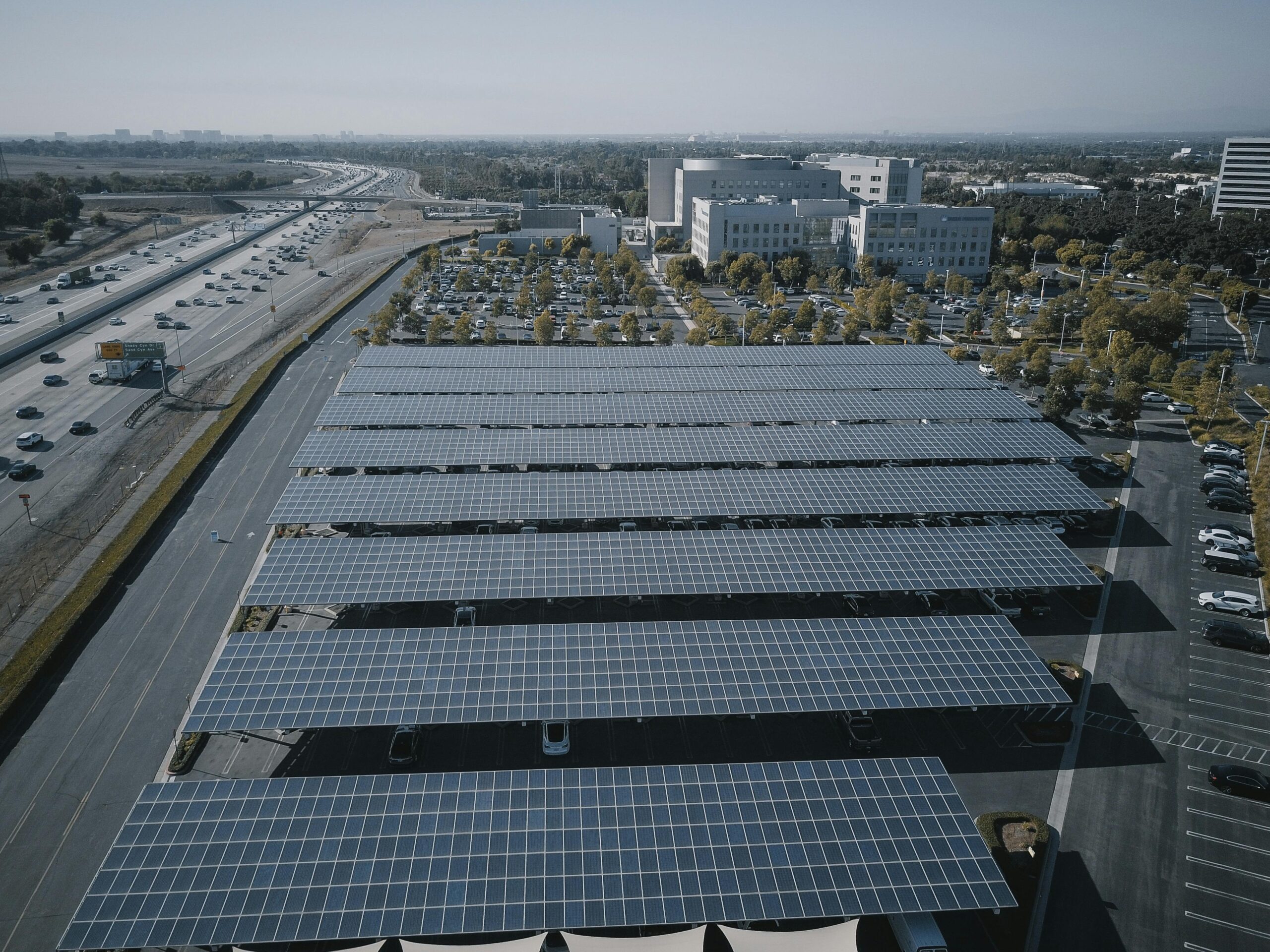Electric buses are transforming cities worldwide, offering a sustainable alternative to diesel-powered public transit while reducing emissions and noise pollution in urban environments.
⚡ The Electric Revolution Rolling Into Our Cities
The streets of major cities are experiencing a quiet revolution. Where diesel engines once roared and belched exhaust fumes, sleek electric buses now glide silently through traffic corridors. This transformation represents more than just a technological upgrade—it’s a fundamental reimagining of how public transportation can serve communities while protecting the environment we all share.
Urban centers across the globe face mounting pressure to address air quality concerns, reduce carbon emissions, and create livable spaces for growing populations. Electric bus networks have emerged as a cornerstone solution, combining zero-emission technology with the mass transit efficiency cities desperately need. From Shenzhen’s complete fleet electrification to Los Angeles’ ambitious conversion plans, municipalities are recognizing that electric buses aren’t just environmentally sound—they’re economically viable and socially beneficial.
The momentum behind electric bus adoption has accelerated dramatically in recent years. What began as pilot programs and experimental routes has evolved into comprehensive network overhauls. Cities are discovering that electric buses deliver immediate benefits: cleaner air for residents, reduced operational costs over vehicle lifespans, and quieter streets that enhance quality of life in dense neighborhoods.
🌍 Why Electric Buses Matter More Than Ever
The urgency driving electric bus adoption stems from converging environmental and public health crises. Transportation accounts for approximately 24% of global CO2 emissions, with urban buses representing a significant portion of that footprint. Traditional diesel buses emit not only carbon dioxide but also nitrogen oxides and particulate matter—pollutants directly linked to respiratory diseases, cardiovascular problems, and premature deaths.
Electric buses eliminate tailpipe emissions entirely. When charged with renewable energy sources, their carbon footprint approaches zero. Even when powered by grid electricity that includes fossil fuel generation, electric buses produce substantially fewer emissions than their diesel counterparts across their operational lifetime. This distinction becomes critically important in densely populated areas where bus routes traverse residential neighborhoods, schools, and healthcare facilities.
The noise reduction benefits deserve equal attention. Diesel engines generate substantial noise pollution, contributing to stress, sleep disruption, and decreased property values in affected areas. Electric buses operate at whisper-quiet levels, transforming the acoustic environment of transit corridors. Residents living along busy bus routes report marked improvements in quality of life after fleet electrification.
The Economic Case Strengthens
Initial skepticism about electric bus viability centered on higher upfront costs compared to diesel vehicles. However, total cost of ownership calculations increasingly favor electric options. Electric buses have fewer moving parts, reducing maintenance requirements and associated expenses. Energy costs per mile traveled typically run 30-40% lower than diesel fuel expenses, and this gap widens as fuel prices fluctuate.
Battery technology improvements have extended range capabilities while reducing costs. Modern electric buses routinely achieve 150-250 miles on single charges, sufficient for most urban transit routes. Fast-charging infrastructure allows opportunity charging during layovers, maximizing vehicle utilization without compromising service schedules.
🚌 How Cities Are Building Electric Bus Networks
Successful electric bus implementation requires more than purchasing vehicles. Cities must develop comprehensive strategies addressing infrastructure, operations, and workforce transitions. The most effective approaches combine phased vehicle deployment with parallel charging station development and driver training programs.
Shenzhen, China, stands as the pioneering example. By 2017, this city of 12 million had converted its entire 16,000-bus fleet to electric operation—the world’s first major city to achieve complete electrification. The transition required substantial infrastructure investment, including depot charging facilities and strategic en-route charging stations. The results have been transformative: improved air quality, reduced noise pollution, and operational cost savings that offset initial capital expenditures.
European cities have adopted ambitious targets. London committed to operating a zero-emission bus fleet by 2034, with electric buses comprising an increasing percentage of its 9,000-vehicle fleet. Amsterdam, Copenhagen, and Oslo have implemented aggressive timelines for diesel phase-outs, supported by EU regulations and funding mechanisms that accelerate transition efforts.
North American Progress and Challenges
United States cities face unique obstacles including sprawling geographies, aging infrastructure, and fragmented transit governance. Nevertheless, progress continues. Los Angeles Metropolitan Transportation Authority operates one of North America’s largest electric bus fleets, with plans to achieve complete electrification by 2030. Seattle, Portland, and Denver have established similar targets, supported by state incentives and federal grant programs.
Canadian cities have embraced electric buses enthusiastically. Toronto, Vancouver, and Montreal have all committed to zero-emission fleets within the next decade. Cold weather considerations require specialized battery management systems, but technological advances have largely addressed performance concerns in northern climates.
🔋 Technology Driving the Transition
Battery technology represents the critical enabler for electric bus viability. Lithium-ion batteries dominate current applications, offering energy density, durability, and charging speed that meet operational demands. Manufacturers continue refining chemistry formulations, improving performance in extreme temperatures and extending cycle life beyond 3,000 charge cycles—sufficient for 12-15 years of transit service.
Charging infrastructure follows two primary models: depot charging and opportunity charging. Depot charging involves overnight replenishment at bus garages, requiring robust electrical service but allowing slower, less expensive charging equipment. Opportunity charging uses high-power stations at route endpoints, delivering partial charges during driver breaks and layovers. Many systems combine both approaches, optimizing for route characteristics and operational flexibility.
Smart charging systems integrate with grid management platforms, shifting charging loads to off-peak periods when electricity prices drop and renewable generation may be abundant. This coordination benefits transit agencies through reduced energy costs while supporting grid stability and renewable integration.
Emerging Technologies on the Horizon
Solid-state batteries promise revolutionary improvements in energy density, safety, and charging speed. While currently expensive and limited to small-scale production, ongoing development suggests commercial viability within the next decade. Transit agencies monitor these advances closely, as solid-state technology could dramatically reduce vehicle weight while extending range capabilities.
Wireless charging technology offers potential operational advantages. Buses could charge inductively at stations and traffic signals, eliminating charging cables and enabling smaller battery packs. Pilot programs in several European cities have demonstrated technical feasibility, though cost considerations currently limit widespread adoption.
🌱 Environmental Impact Beyond Emissions
The environmental benefits of electric buses extend beyond operational emissions reductions. Manufacturing processes for electric vehicles have evolved to minimize ecological footprints. Battery recycling programs recover valuable materials, creating circular economy loops that reduce mining demands for raw materials like lithium, cobalt, and nickel.
Electric buses contribute to broader urban sustainability initiatives. Quieter streets encourage walking and cycling, supporting active transportation modes. Reduced air pollution improves public health outcomes, decreasing healthcare costs and improving workforce productivity. These co-benefits multiply the value proposition for electric bus investments.
Integration with renewable energy systems amplifies environmental advantages. Transit agencies increasingly pair electric bus deployment with solar installations at maintenance facilities, creating self-sufficient energy ecosystems. Some progressive systems even use electric bus batteries as grid storage assets during peak demand periods, participating in demand response programs that generate additional revenue.
👥 Social Equity and Community Benefits
Public transportation serves as an essential lifeline for communities, particularly for residents unable to afford personal vehicles. Electric buses enhance this critical service while delivering disproportionate benefits to disadvantaged neighborhoods. Low-income communities and communities of color often bear disproportionate exposure to transportation pollution due to proximity to major transit corridors and freight routes.
Prioritizing electric bus deployment in these communities addresses environmental justice concerns while improving public health outcomes. Reduced exposure to diesel particulates decreases asthma rates, cardiovascular disease, and other pollution-related conditions that plague affected populations. Quieter vehicles improve sleep quality and reduce stress-related health impacts.
Economic opportunities accompany fleet transitions. Electric bus maintenance requires new skill sets, creating training and employment opportunities in growing sectors. Local hiring initiatives can ensure community residents benefit directly from transit modernization. Manufacturing facilities for electric buses and charging equipment provide additional economic development prospects for regions positioning themselves as clean transportation hubs.
💰 Financing the Electric Future
Capital requirements for electric bus transitions present significant challenges for transit agencies operating with constrained budgets. A single electric bus costs $750,000-$1,000,000, compared to $450,000-$550,000 for diesel equivalents. Charging infrastructure adds substantial additional expenses, with depot installations potentially requiring millions in electrical upgrades.
Federal, state, and local funding programs help bridge this gap. The United States Federal Transit Administration provides grants specifically supporting zero-emission vehicle purchases. State programs, particularly in California, Washington, and New York, offer additional incentives and rebates. These funding mechanisms reduce effective purchase prices, improving financial feasibility for agencies considering fleet transitions.
Alternative financing models have emerged to address upfront cost barriers. Battery leasing arrangements separate vehicle and energy storage purchases, reducing initial capital requirements. Performance contracting allows agencies to finance purchases through projected operational savings. Public-private partnerships provide capital access while transferring certain risks to private sector partners.
Long-Term Economic Advantages
Total cost of ownership calculations increasingly favor electric buses when evaluated over 12-year operational lifespans. Fuel and maintenance savings accumulate substantially, often offsetting higher purchase prices within 6-8 years. Diesel price volatility creates budget uncertainty, while electricity costs remain more stable and predictable.
Carbon credit programs and emissions trading schemes provide additional revenue opportunities in some jurisdictions. Transit agencies can monetize emissions reductions, generating income streams that improve project economics. These mechanisms will likely expand as carbon pricing becomes more prevalent globally.
🛠️ Overcoming Implementation Challenges
Despite compelling advantages, electric bus deployment faces real obstacles that require strategic solutions. Aging electrical infrastructure at bus depots often requires substantial upgrades to accommodate charging loads. Coordination with utility providers demands long planning horizons, as service enhancements may require years to design and construct.
Workforce transitions present human resource challenges. Mechanics trained on diesel systems must develop new competencies for electric drivetrains and battery systems. Driver familiarization with regenerative braking and different operational characteristics requires comprehensive training programs. Labor unions rightfully seek assurances that transitions won’t eliminate jobs or reduce wages.
Range anxiety persists as a concern, particularly for agencies serving sprawling suburban routes or areas with extreme climates. While modern electric buses handle most urban applications comfortably, edge cases require careful planning. Route optimization, strategic charging placement, and appropriate vehicle-to-route matching address these concerns systematically.
🌟 The Road Ahead: Accelerating Adoption
Momentum behind electric bus adoption continues building as technology improves, costs decline, and climate urgency intensifies. Industry projections suggest electric buses will achieve purchase price parity with diesel equivalents by the late 2020s, eliminating a key adoption barrier. Battery energy density improvements will extend range capabilities while reducing weight penalties.
Policy frameworks increasingly mandate zero-emission transitions. The European Union requires member states to ensure that 50% of new city bus purchases are zero-emission vehicles by 2025, rising to 75% by 2030. California’s Innovative Clean Transit regulation requires transit agencies to transition to 100% zero-emission fleets by 2040. These mandates create certainty that drives manufacturer investments and supply chain development.
International cooperation and knowledge sharing accelerate best practice adoption. Transit agencies participate in networks that facilitate experience exchange, avoiding costly mistakes and identifying successful strategies. Standardization efforts improve equipment interoperability and reduce vendor lock-in concerns.
Integration With Broader Mobility Systems
Electric buses increasingly function as components within integrated mobility ecosystems. Coordination with bike-sharing, ride-hailing, and micromobility services creates seamless travel experiences that reduce private vehicle dependence. Real-time information systems help passengers plan multimodal journeys efficiently, increasing public transportation attractiveness.
Autonomous vehicle technology may eventually enhance electric bus operations. While fully driverless transit remains years away, advanced driver assistance systems already improve safety and efficiency. Platooning capabilities could increase road capacity while reducing energy consumption through coordinated operations.

🚀 Leading the Charge Toward Sustainable Cities
Electric bus networks represent tangible progress toward sustainable urban futures. Unlike distant technological promises or incremental efficiency improvements, electric buses deliver immediate, measurable benefits. Every diesel bus replaced removes tons of pollutants from the air, improves public health, and demonstrates viable pathways toward decarbonization.
Cities investing in electric bus networks make powerful statements about priorities and values. They signal commitments to environmental stewardship, public health, and quality of life. These investments create visible symbols of progress that inspire broader climate action while delivering practical improvements to daily life for millions of transit riders.
The transformation of public transportation through electrification illustrates how technological innovation, policy support, and community advocacy can converge to address pressing challenges. As more cities embrace electric buses, the cumulative impact grows exponentially. Cleaner air, quieter streets, and reduced emissions contribute to healthier, more livable urban environments.
The revolution rolling through our cities offers hope and practical solutions. Electric bus networks prove that ambitious environmental goals remain achievable when communities commit to transformation. The future of urban transportation is electric, sustainable, and within reach—one silent, emission-free bus route at a time.
Toni Santos is an urban innovation writer and researcher dedicated to exploring how technology, sustainability, and design are reshaping the cities of tomorrow. With a deep interest in smart infrastructure and human-centered development, Toni studies how data-driven systems and green technologies can create more livable, resilient, and efficient urban environments. Fascinated by sustainable architecture, IoT integration, and next-generation mobility, Toni’s work connects environmental awareness with digital transformation. Through research and storytelling, he examines how intelligent planning and renewable innovation can redefine the relationship between people and their cities. Blending urban design, environmental science, and systems thinking, Toni documents the breakthroughs that are reimagining how we build, move, and coexist. His work highlights the architects, engineers, and technologists leading the charge toward smarter, greener futures. His work is a tribute to: Green architecture as the foundation for sustainable living IoT innovation shaping the infrastructure of connected cities Mobility systems and renewable energy driving urban transformation Whether you’re an architect, engineer, or city planner, Toni Santos invites you to explore the technologies and ideas building the smart, sustainable cities of the future — one street, one system, one vision at a time.




